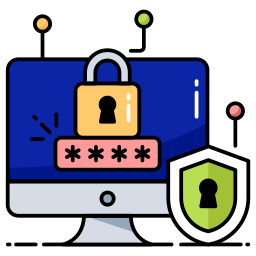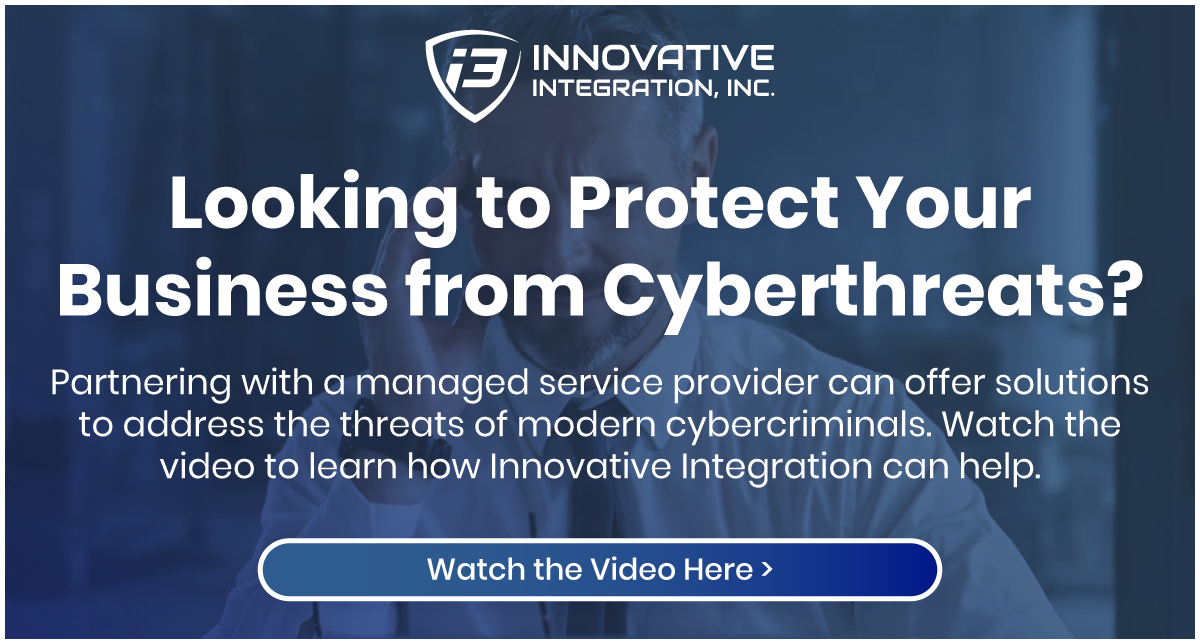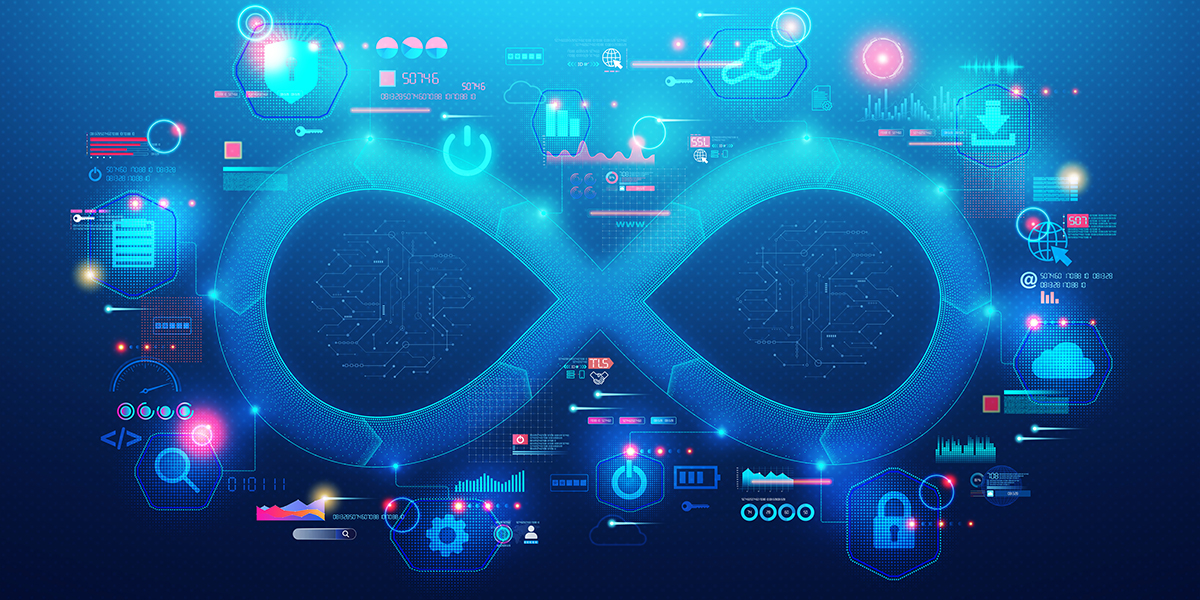As information technology (IT) and its role in our daily business operations becomes greater with every new development, myths have arisen with it. Some of these myths originate with well-meaning people sharing incorrect information, others stem from skepticism of technological developments, and others were once considered sage advice but are now outdated.
Are you still depending on outdated or inaccurate information? Find out as we debunk the top 5 myths in information technology.
Myth #1: Cybercriminals Don’t Even Think About Small Businesses
The Origin
Many people think hackers only go after big companies. Large enterprises have more to steal, so it only makes sense, right? You might think, “Why would anyone bother with my startup when there are huge banks and multinational companies out there?”
Why the Myth Endures
This myth continues because stories about small businesses getting hacked don’t usually make the news. We hear all about the big data breaches at major companies but rarely about the local florist shop getting hit by a cyberattack. So, it’s easy to assume it just doesn’t happen.
The Facts
Small businesses are actually big targets for hackers. In fact, an estimated 46% of all cyberattacks impact businesses with fewer than 1,000 employees.
Why? In part, because of this myth! Bad actors know smaller organizations often don’t make room in their budget for strong security.
Small businesses can sometimes be even more tempting for cybercriminals because they can use them as a backdoor into bigger companies. Just like you might have a key to your neighbor’s house, small businesses often have digital “keys” to larger businesses they work with.
%
of cyberattacks impact businesses with fewer than 1,000 employees
Myth #2: IT is Only About Fixing Computers
Origin
In the past, the primary image of an IT professional was someone in a room full of servers or repairing a desktop computer’s hardware. That’s because, initially, the IT department’s role was focused on setting up and maintaining physical technology.
Why the Myth Endures
The reason many people still picture IT in this limited way is they don’t always see what’s going on behind the scenes. For many, the most visible aspect of IT work happens when something goes wrong, like a computer crash or network issues, which calls for a direct fix.
The Facts
The reality is very different. Modern IT is about so much more than just troubleshooting hardware problems. IT teams are at the heart of business innovation and can get involved in strategic planning and technology implementation.
For example, IT experts are central to data management. They help store and process all the information the business generates.

Then there’s the strategic side of things. IT professionals help guide the technology decisions that determine a company’s future, from choosing the right software to keeping ahead in digital markets.
Myth #3: Antivirus Software Guarantees Safety
Origin
Antivirus software emerged as a critical defense against malware, viruses, and other cyber threats. Companies selling these products heavily marketed them as comprehensive solutions, suggesting they provide complete protection against cyberattacks.
Why It Endures
This myth continues because it presents a simple solution to a complex problem. For many users, it’s comforting to think a single piece of software can protect them from all the threats to be found online. This oversimplification helps users feel secure, reducing the anxiety associated with cyber risks.
The Facts
Believing that antivirus software alone guarantees cyber safety is a dangerous misconception. While antivirus is a crucial component to your cybersecurity posture, it cannot protect you from all threats. Cyberattacks have evolved to be highly sophisticated, often specifically designed to bypass traditional antivirus solutions.
The reality is that true digital security requires a layered or multi-faceted approach. This includes user education, firewall management, software updates, and multifactor authentication.
Myth #4: Cloud Storage is Less Secure Than On-Site Storage
Origin
When cloud computing and storage first emerged, there were concerns and skepticism regarding the security of data stored off-premises. This skepticism was largely due to unfamiliarity with the technology and a perceived loss of control over where data was stored.
Why It Endures
The myth that cloud storage is inherently less secure than on-site storage persists among some businesses and individuals primarily because of the change away from physical control. Having servers on-site offers a tangible sense of security: the data is physically accessible and under direct control.
The distrust in the cloud can stem from concerns about third-party management of sensitive data, unauthorized access, and the implications of data breaches.
The Facts
The belief that on-site storage is safer than cloud storage overlooks the significant advances in security that cloud providers have implemented. Modern cloud storage services are equipped with encryption methods, rigorous security protocols, and are often compliant with a wide range of international regulatory standards (such as GDPR and HIPAA).

Cloud providers’ business models are dependent on their ability to secure customer data. As a result, they have a significant incentive to maintain and improve security measures.
Myth #5: Maintain Long, Complex Passwords and Change Them Frequently
Origin
The advice to create long, complex passwords and to change them frequently has been standard security guidance for many years. This approach aimed to make it harder for attackers to guess or crack passwords by ensuring they were both complicated and not used for long periods.
Complexity (incorporating a mix of letters, numbers, and special characters) and the habit of regular password updates were seen as key defenses against unauthorized access.
Why It Endures
This belief continues to be widespread due to its deep roots in past IT policies, which were established when such measures were considered best practice.
Additionally, many systems still enforce periodic password changes and complexity requirements, often without providing context on the efficacy of these measures or information on newer, more effective security practices.
This has helped cement the notion that complexity and frequent changes are inherently beneficial for security.
The Facts
Recent research and advisories, including those from the National Institute of Standards and Technology (NIST), have started to debunk the idea that ultra-complex passwords are the best solution.
Security experts now recommend a different approach. One which includes password managers and multifactor authentication.

The shift in best practices reflects a broader understanding that the strength of a security system lies not in the complexity of a single component (like a password) but in the overall strategy. This includes user-friendly approaches that encourage adherence to security protocols and measures.
Make Your IT Legendary with Innovative Integration
Staying ahead of the myths and keeping pace with best practices is a challenge, especially if the advice goes against what past advice was. This is why you and your business need an expert IT team who keeps up with best practices and practices what they preach.
Where can you find a team like that? Look to Innovative Integration! Our team of IT specialists and engineers provide the expertise you and your organization need to secure and grow your business. Don’t leave it to chance and don’t fall for the myths: contact Innovative Integration and let us show you the new era of information technology.






